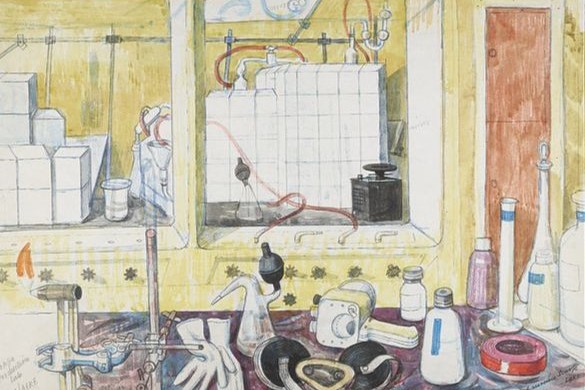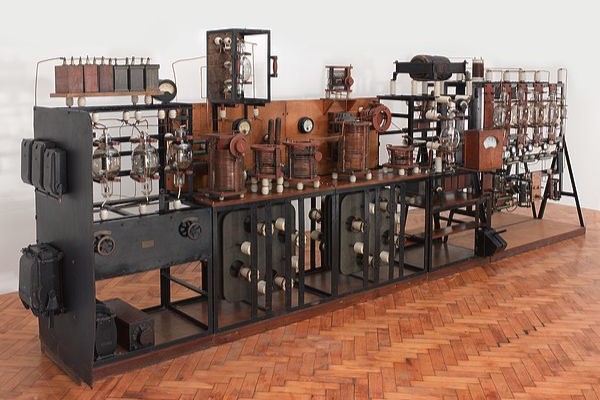Science Museum Group Journal | View in browser

Louis XVI giving La Pérouse his instructions on 29 June 1785), oil, 1817. © Château de Versailles, Dist. RMN-Grand Palais / Christophe Fouin
Issue 23 out now!
The Spring Issue of the Science Museum Group Journal is available to read on our recently revamped website now. In the Spring 2025 issue of the Science Museum Group Journal, we step into our second decade of publication with an exciting suite of articles and reviews, with a special emphasis on research that considers future developments in museum practices. This issue features:
- A keynote paper presented by Colin Jones at the conference accompanying the recent Versailles: Science and Splendour exhibition, in which he reflects on the relationship between the French court and scientific development in the eighteenth century.
- Christina Buckingham considers an innovative approach to audience research for early gallery development that ponders the relationship between science capital and intergenerational learning.
- Naomi Haywood posits an approach to early years science engagement in object-rich spaces with an emphasis on observation, movement, and wondering.
- Lydia Ackrell and Emily Rees Koerner reflect on their experience developing the Open Access research repository for the Science Museum, and consider the future of similar projects.
These are accompanied by book reviews of Harriet Atkinson’s Showing Resistance: Propaganda and Modernist exhibitions in Britain, 1933-53, and Robert Bud’s Applied Science: Knowledge, Modernity, and Britain's Public Realm, as well as an exhibition review of the British Library exhibition Medieval Women: In Their Own Words. The issue is rounded up with an obituary reflecting on the life and achievements of Brian Bowers, Science Museum Curator and Senior Research Fellow (1938–2024). This issue takes advantage of the recent digital updates with explorable images, smoother video integration, and more.
Alongside Issue 23, be sure to read our Birthday Issue published in celebration of our first decade of syndication. To keep up with Research and Public History news, join our new LinkedIn group.
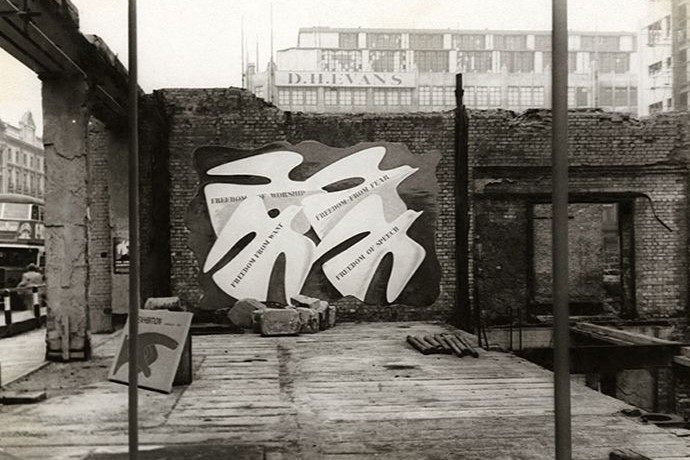

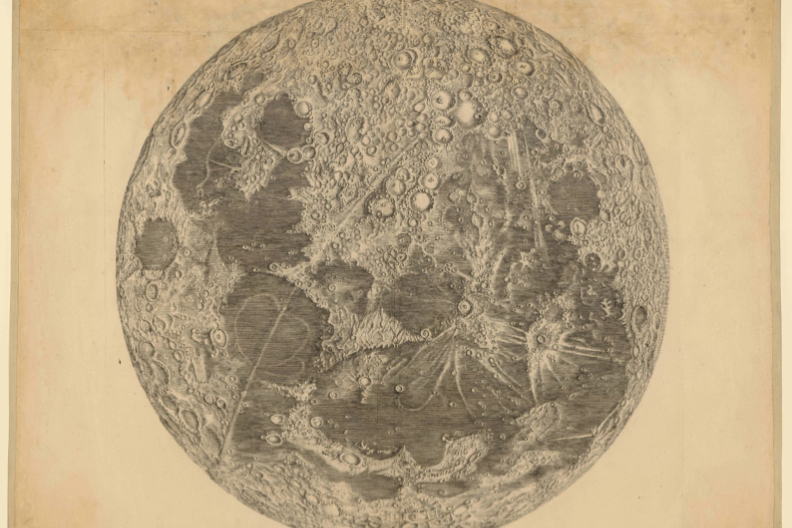
Do you have a paper to publish?
The Journal publishes writing by academics, curators, and independent scholars on research topics associated with the work of science museums, including the history of technology, science and medicine. Writing often includes object studies and work on material culture, alongside explorations of museology. We are particularly interested as well in work on urgent questions in museum practice, such as decolonisation and diversity. We have recently completed a site revamp that allows us to display more innovative and transdisciplinary work, in particular film, alongside written articles, and encourage multimedia researchers to submit their work. Deadlines for submission are twice a year: 1 April for the Autumn issue, and 1 September for the Spring issue. We are an Open Access publication and publish with no fees to the author. If you have any questions about submissions, please contact us.
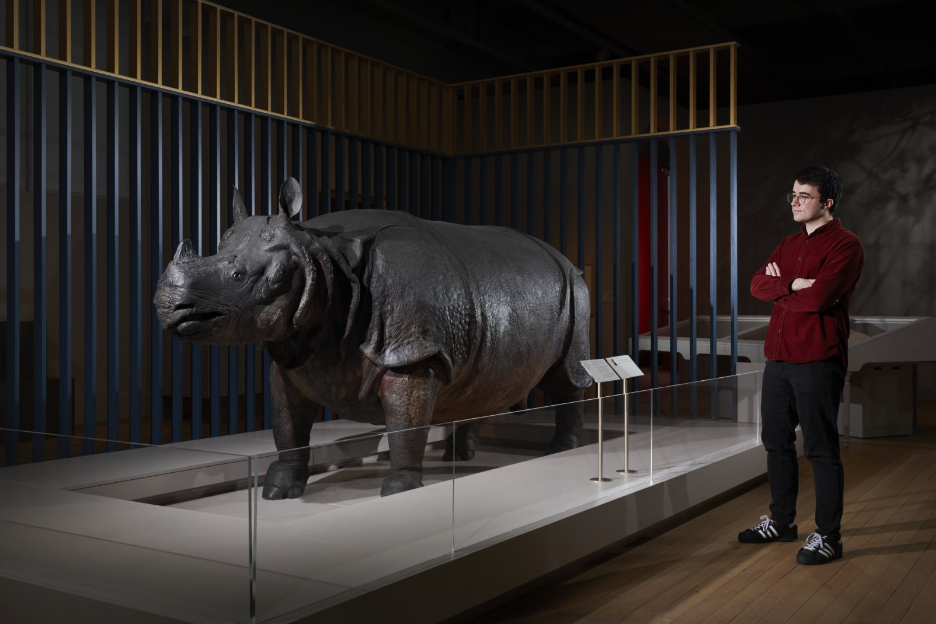
Research and Public History news
‘Disability-oriented research for the Stephen Hawking Collection and its public offerings’
The Science Museum Group and the University of Leicester are jointly offering a fully-funded collaborative doctoral studentship, to cover four years of research into how we display, discuss and understand the life and work of Stephen Hawking contextualised by disability. This studentship provides the selected student with access to the Hawking collection, including over 1000 objects from his office, as well as a broad range of mentorship and expertise. The project supervisors are Dr Juan-Andres Leon and Selina Hurley (SMG) and Professor Richard Sandell as well as Professor Suzanne Macleod at Leicester. More information can be found on the CDP website or by emailing the Research Centre for Museums and Galleries at the University of Leicester.
Demos: How do we re-energise Britain's cultural and Heritage sector?
Bringing together practitioner interviews and historical research, a new research project funded by the Joint Programming Initiative on Cultural Heritage and Global Change – ‘Museums and Industry: Long Histories of Collaboration’ – explores ways to strengthen the museum sector. At panel discussion hosted by Rupa Huq MP and Demos at the Houses of Parliament on 26 March, policymakers, experts, and commentators responded to the report.
Preliminary findings from the team led by Dr Scott Anthony suggest that the impressive growth of the sector since the 1990s has over a generation altered the incentives that museums respond to, often at the expense of a deep focus on curatorial and collections expertise. The report reflects the fear many professionals have expressed that the sector risks becoming unmoored from their founding missions. The event kicks off a wider conversation that should involve all of Britain’s galleries, libraries, archives, and museums, and the recording of the discussion can be watched here.
Textiles and Spaceflight: A London Arts and Humanities Partnership Event
On Wednesday 28 May, 17.00–19.30, the Dana Research Centre will host 'Textiles and Spaceflight', an event exploring the cross-pollination which can occur between art and science.
The evening will feature a display of a new piece by artist and Royal College of Art PhD student Varvara Keidan Shavrova. The Blade (2025) was created as a result of a research placement at the Science Museum. Following a reception, a panel discussion will bring together writers, curators, artists and researchers to examine current trends, challenges, and opportunities within interdisciplinary research and practice.
The discussion will be chaired by Dr Marquard Smith, Editor-in-Chief of the Journal of Visual Culture, and features: Fatoş Üstek, curator and writer; Dr Rebecca Mellor, Curator of Art, Science Museum; Dr Jennifer Thatcher, art historian, curator and British Academy postdoctoral fellow, Manchester School of Art; Doug Millard, Deputy Keeper, Technologies and Engineering, Science Museum; and Dr Barbara Brownie, Associate Dean (Education), School of Communication, Royal College of Art.
This event has been funded by the London Arts and Humanities Partnership.
Please register your attendance here.
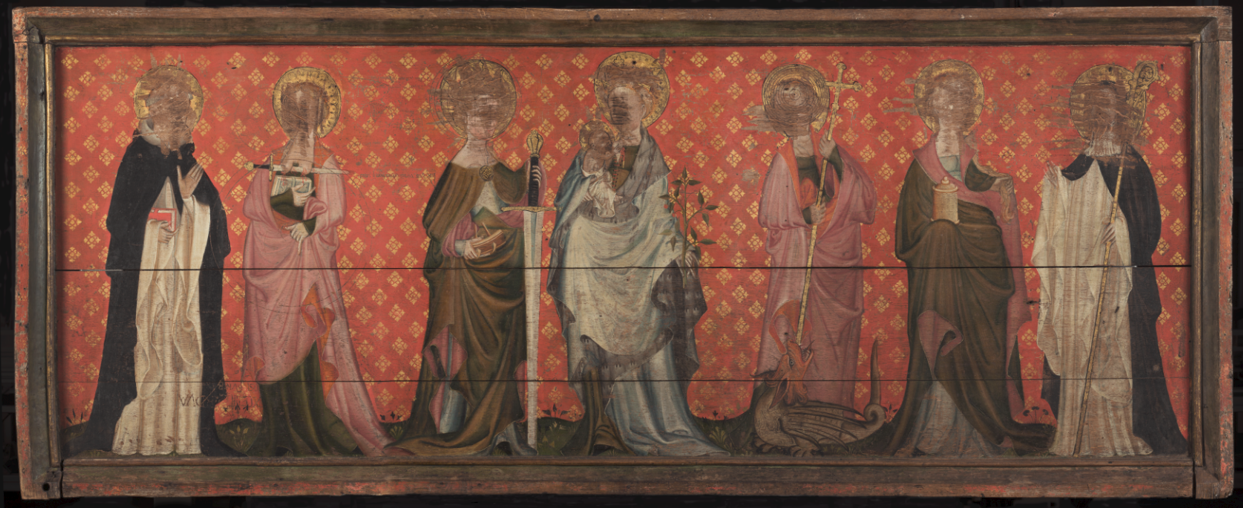
Battel Hall Retable © Leeds Castle Foundation, for Medieval Women Exhibition, British Library
Keep up to date with all the latest research news, events and Science Museum Group Journal articles by joining us on LinkedIn: SMG Research and Public History, or by following us on X (formerly Twitter): @SMGresearch.

